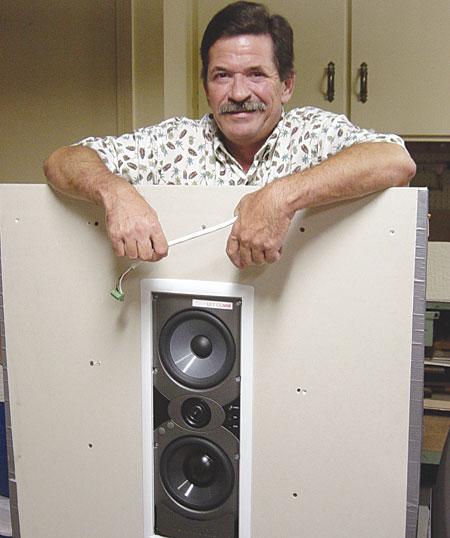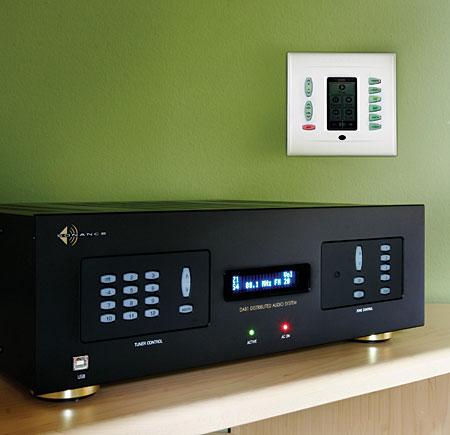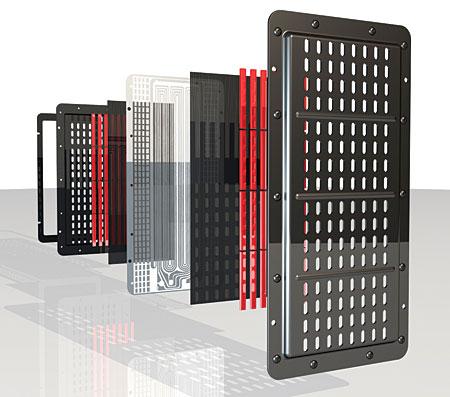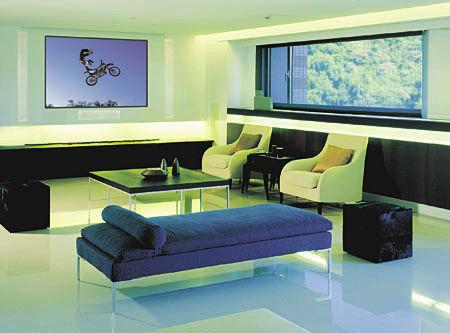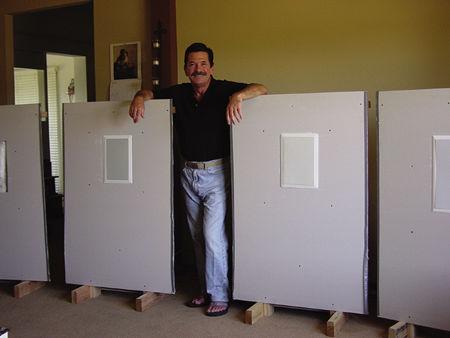Gary Altunian
|
Sep 23, 2007
|
Jul 02, 2007 |
Published: Jun 02, 2007
|
Jul 05, 2006
|
Jun 16, 2005
|
Oct 15, 2004 |
Published: Oct 01, 2004


